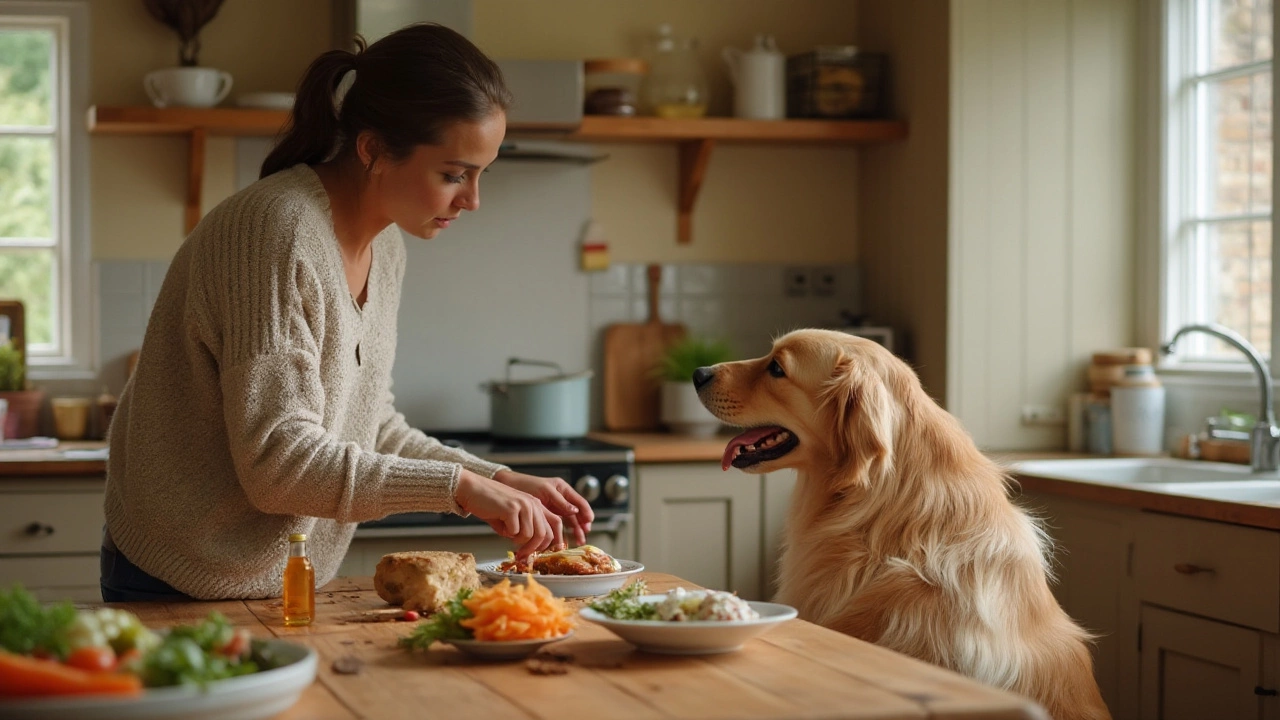Common Deficiencies in Dogs: What to Look For and How to Fix Them
Ever wonder why your dog seems a bit sluggish or why their coat isn’t as shiny as it should be? Most of the time, the answer is a missing nutrient. Dogs, just like us, need a balanced mix of vitamins, minerals, and good fats to stay in top shape. Spotting a deficiency early can save you a lot of worry later.
What Deficiencies Look Like
Every deficiency has a tell‑tale sign. Low Vitamin D often shows up as weak bones or limping, especially in larger breeds. If your dog’s nails keep breaking, think about calcium or biotin gaps. A dull, flaky coat? That’s usually a lack of omega‑3 fatty acids or zinc. Dogs with frequent infections might be missing Vitamin C or selenium. And don’t ignore constant thirst or frequent urination – it can hint at magnesium or potassium shortfalls.
How to Fix Them
The easiest fix is to upgrade their everyday food. Choose treats and kibble that list real meat, whole grains, and natural sources of vitamins. Adding a spoonful of plain pumpkin or a drizzle of fish oil at dinner covers fiber and omega‑3 needs in one go. For picky eaters, Galloway Gourmet Dog Treats offer bite‑size snacks packed with liver, sweet potato, and kelp – all solid sources of missing nutrients.
If you suspect a specific gap, a quick blood test at the vet can pinpoint it. Once you have the results, you’ll know whether a supplement is needed or if a diet swap will do the trick. Remember, more isn’t always better; over‑supplementing can cause its own set of problems.
Another practical tip: rotate protein sources. Switching between chicken, lamb, and fish every few months gives your pup a broader nutrient spectrum and keeps meals interesting. Fresh veggies like carrots or green beans add vitamins A and C without extra calories.
Keep an eye on weight too. Overweight dogs often miss out on essential nutrients because they’re getting too many empty calories. A leaner weight plan combined with high‑quality treats ensures they absorb what they need.
Finally, stay consistent. Nutrient gaps don’t disappear overnight. Stick to a balanced menu for at least a month before checking for improvements. You’ll notice stronger playfulness, a shinier coat, and fewer vet visits.
Bottom line: a few simple tweaks to food and treats can bridge most deficiencies. Your dog’s health starts on the plate, so give them the best, and they’ll give you endless tail wags in return.

Common Vitamin Deficiency in Dogs and How to Address It
Exploring the most common vitamin deficiency in dogs, this article offers insights into the causes, symptoms, and potential solutions. As pet owners strive for optimal canine health, understanding nutritional gaps such as Vitamin D deficiency becomes crucial. The piece provides valuable tips for supplementing your dog's diet effectively. Learn the importance of balanced nutrition in preventing health issues in your furry friend.
View more